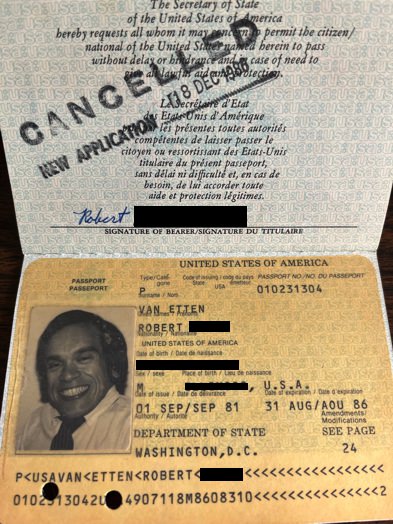
How did inflation affect your Thanksgiving holiday? Possibly your gathering was smaller. Perhaps the rise in food prices meant fewer dishes on the table, no second helpings, or chicken instead of turkey. Worse yet, maybe you joined the 25% of Americans who skipped the holiday altogether.
Yet whatever our circumstance, it helps to maintain a spirit of gratitude not just at Thanksgiving but always. In reviewing how successful I’ve been on this front, I ran a word search in the manuscripts of my dwarfism memoir trilogy, https://angelamuirvanetten.com/books/. I found derivatives of the word thankful and grateful 54 times! Here’s a sampling of what I found:
Want to subscribe to receive blog updates sign up today!
- I couldn’t buy clothes off the rack. Thankfully, our family had an excellent dressmaker.
- I’m grateful for my education. I was not kept out of school or sent to a school for children with “handicaps.”
- Thankfully, I found employers who were not fazed by my size.
- Thankfully not all children find pleasure in ridicule.
- [Robert and I] were extremely grateful in 1982 when Little People of America granted me an educational scholarship.
- When the fire alarm went off on our first day in [a 14th floor] apartment in 1983, Robert called to see if we should evacuate. Thankfully, the car explosion in the parking garage was quickly controlled and we were able to stay put.
- In 1984, I prepared for the [Ohio bar] exam with endless hours of study, but had not prepared for a blizzard. My fear was that my pre-ordered cab would be a no-show. I thanked God when cabs came for me.
- At age 36, I had severe pain and immobility in my left shoulder. Thankfully, after three months of [treatment], I was pain-free and had improved range of motion.
- I was grateful our house cleaners were there when we got home from Robert’s outpatient hernia surgery in 1985. He definitely needed a stronger arm than mine to lean on to get from the car to the bedroom.
- In 1997, Robert prepared himself for hip replacement surgery by snorkeling with a school of barracudas in Key Largo, Florida. Thankfully, he did not look like a menu item.
- Moving to Stuart [Florida] in 1998 put us in the market for a church. Thankfully, it didn’t take long to feel comfortable at Tropical Farms Baptist Church.
- The radio station cancelled the 2002 dwarf-tossing contest. But thankfully, the DJs threat to sue the state of Florida was stymied when the Department of Business and Professional Regulation removed the likelihood of successful litigation.
- In 2003, I was caught in a 25% staff layoff. Despite the uncertainty that comes with unemployment I was thankful.
- In 2014—one year after my aortic valve replacement surgery—the flowers were blooming, my electrocardiogram was boring, and my echocardiogram was very good. I gave thanks to the Lord for His goodness.
“Do not be anxious about anything, but in everything by prayer and pleading with thanksgiving let your requests be made known to God.” ∞ Philippians 4:6, New American Standard Bible.
HOLIDAY DEAL: Use promo code TRIO22 and order a personally autographed paperback trilogy set for a 50% savings i.e. a $50 value for only $25 (includes sales tax, shipping and handling). Hurry while supplies last and enjoy a surprise free gift. Email your order to Angela at angela@angelamuirvanetten.com.
Not in the mood to wait, order your Kindle or audio edition on Amazon. Go to https://angelamuirvanetten.com/books/ for trilogy details: Dwarfs Don’t Live in Doll Houses, PASS ME YOUR SHOES: A Couple with Dwarfism Navigates Life’s Detours with Love and Faith, and ALWAYS AN ADVOCATE: Champions of Change for People with Dwarfism and Disabilities.



